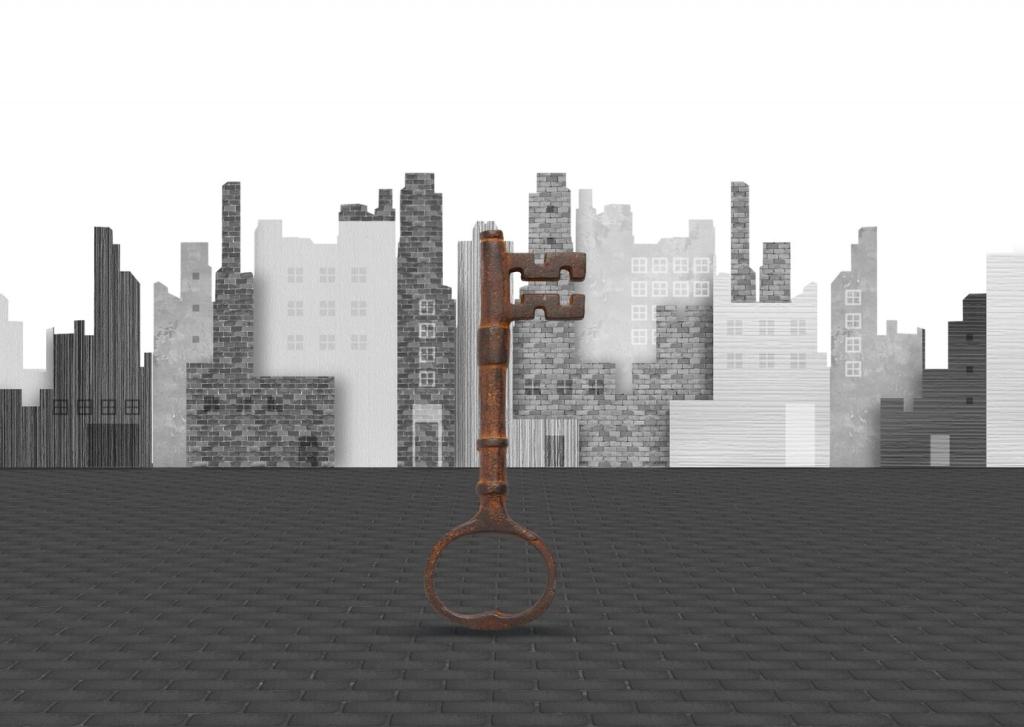Innovative Designs in Urban Community Gardening
Urban community gardening has emerged as a transformative practice, reshaping city landscapes and fostering stronger community bonds. Through creative design approaches, these gardens evolve beyond simple plots of soil, integrating technology, art, and sustainable principles. This page explores the cutting-edge concepts driving innovation in urban community gardening, highlighting how visionary thinking and collaborative action can reimagine green spaces even in the densest urban environments.
Living walls and green facades transform blank exteriors into flourishing ecosystems. By utilizing specially designed panels or modular systems attached to the sides of buildings, residents can plant a diverse array of species vertically. This design not only maximizes growing area without taking up valuable ground space but also improves insulation and urban air quality. Communities benefit as these living tapestries bring natural beauty to concrete corridors, creating comfortable microclimates and inviting nature back into the heart of the city.
Vertical Gardening and Space Optimization
Automated Irrigation and Sensors
Automated irrigation uses sensor-based systems that monitor soil moisture, sunlight, and temperature, adjusting water delivery with precision. These setups optimize resource use and help maintain healthy plants, reducing the community’s workload. Gardeners can remotely access data via smartphones, allowing for real-time adjustments and fostering collective decision-making on water consumption. This technology not only saves time and resources but also encourages participants to learn about the environmental factors influencing plant health.
Composting Innovations
Urban gardeners increasingly turn to advanced composting solutions that minimize organic waste and create nutrient-rich soil amendments. Innovations such as in-vessel composters and community-scale vermicomposting systems accelerate the breakdown of food scraps, making the process accessible in even the smallest spaces. These methods foster a circular approach by converting everyday waste into valuable resources for the garden, while educating participants about waste reduction and sustainable practices. The result is more fertile soil, less landfill waste, and stronger community commitment to environmental responsibility.

Inclusive and Accessible Garden Design
Universal access pathways make community gardens welcoming to all, from wheelchair users to parents with strollers and elderly residents with mobility aids. Designs incorporate wide, gently sloping paths, smooth surfaces, and strategically placed rest areas with benches. Raised beds at different heights accommodate gardeners with varying physical needs, ensuring everyone can tend to plants comfortably. Such thoughtful layout transforms the garden into a truly shared space, where accessibility and dignity are intrinsic features of the environment.
